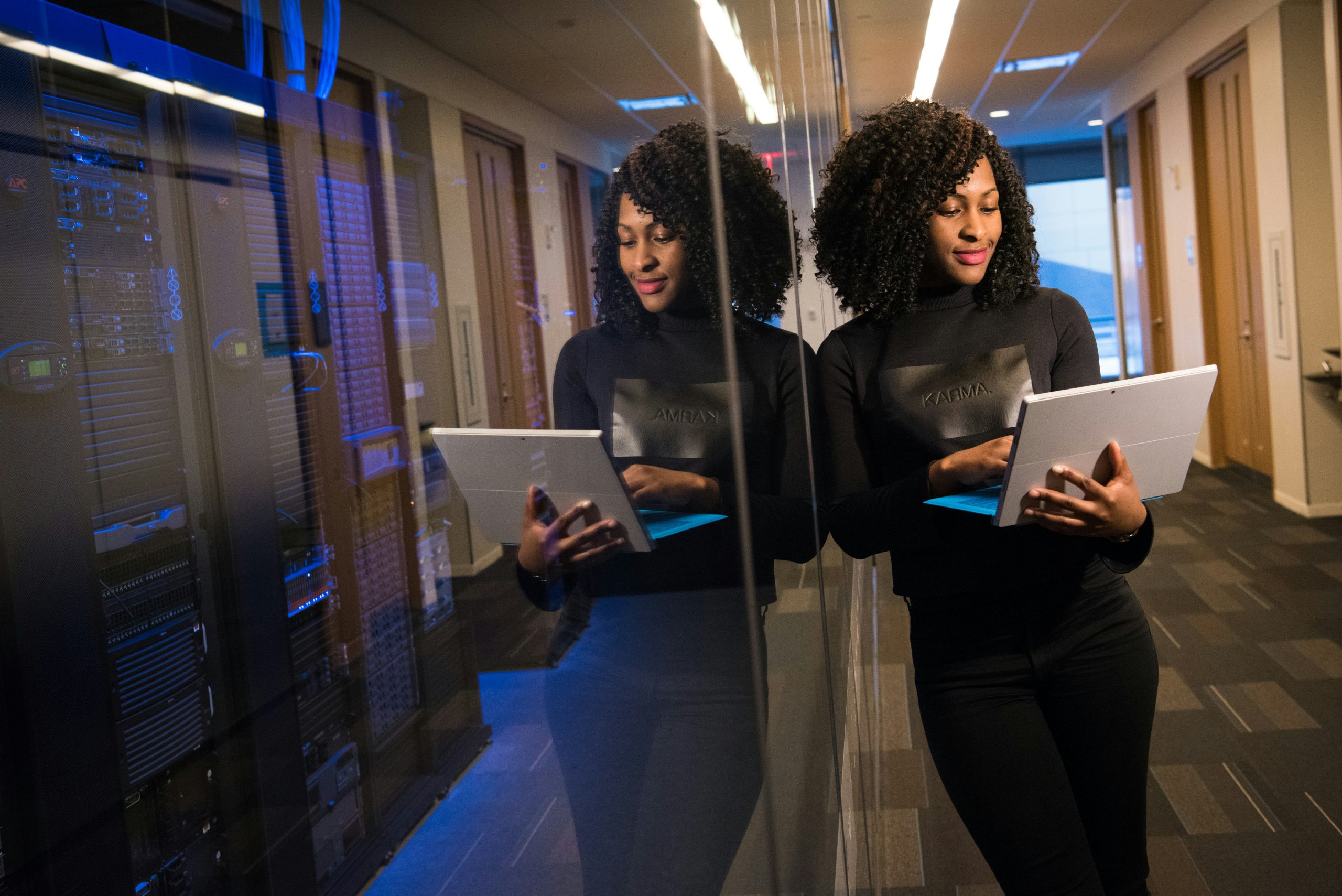
So, the question is, what can educators at the university level do to help students’ success?
The first step is teaching them how to navigate through and embrace ambiguity.
Be Intentional with Ambiguity in the Classroom
Taking that black and white mentality into the classroom at the university level can in some ways be damaging to students. The role of universities is to prepare students for the workforce at some level. One way to do this in the classroom is by providing more intentionally ambiguous and open-ended projects, so students can work through problem solving, critical thinking, and exercise those analytic muscles.A study done by Illinois State found that those students who worked through intentionally ambiguous assignments found more meaning in the assignment, were more motivated by them, and more effectively transferred knowledge. Providing an intentionally ambiguous assignment was a new way of empowering students to reach for the next level. It forced them to think about the why of the project and work through unclear scenarios, not just what they should memorize to ace the test. It allowed students to feel like their work could make a difference, which increased its value and inspired them to embrace ambiguity as a vehicle for success.
You can also design assignments to be more ambiguous and challenging as the semester rolls on, encourage unique responses and creativity on quizzes, and allow students to come up with their own topics and research for assignments, just to name a few ideas.
As you do this, though, be ready for pushback.
Students are not comfortable with ambiguous, open-ended assignments. We’ve heard a time or two that someone’s Rate My Professor score dropped after this. That pushback is discomfort rearing its ugly head. But it’s also the discomfort that will help them grow.
Encourage Immersive Learning Experiences and Be a Mentor
In addition to these classroom learning scenarios though, students need to have real-world, boots-on-the-ground experience to understand how to navigate the grey areas of life. This is a learned skill; it’s not intuitive. It’s a skill they’re not learning from multiple choice quizzes or essays with set outcomes. They need more learning opportunities and experiences that are specifically designed to help them realize the messiness of life and business and how to figure out the proper outcomes without analysis paralysis.How, you ask? Here are a few ways:
Internships – Not only do over half of students get jobs from internships or internship contacts, this type of experiential learning will also expose them to the world of work in a way that eases them into the challenges and situations they may face with less pressure.
Extracurricular Clubs and Organizations – Clubs mirror the operations of a business or organization to prepare students for the ambiguity and situations of the world of work. Studies show they can clarify a student’s purpose, career path, life management, and cultural values.
Volunteer Work – Often, students will be able to find volunteer roles in organizations they may feel drawn towards from passion or interests. It will expose them to the business world and allow them to develop some skills that they’ll be able to take into their job search and career.
By being a mentor and encouraging students to pursue other avenues of education and use you as a sounding board for utilizing these experiences for personal and professional development, you’ll see them soar.






